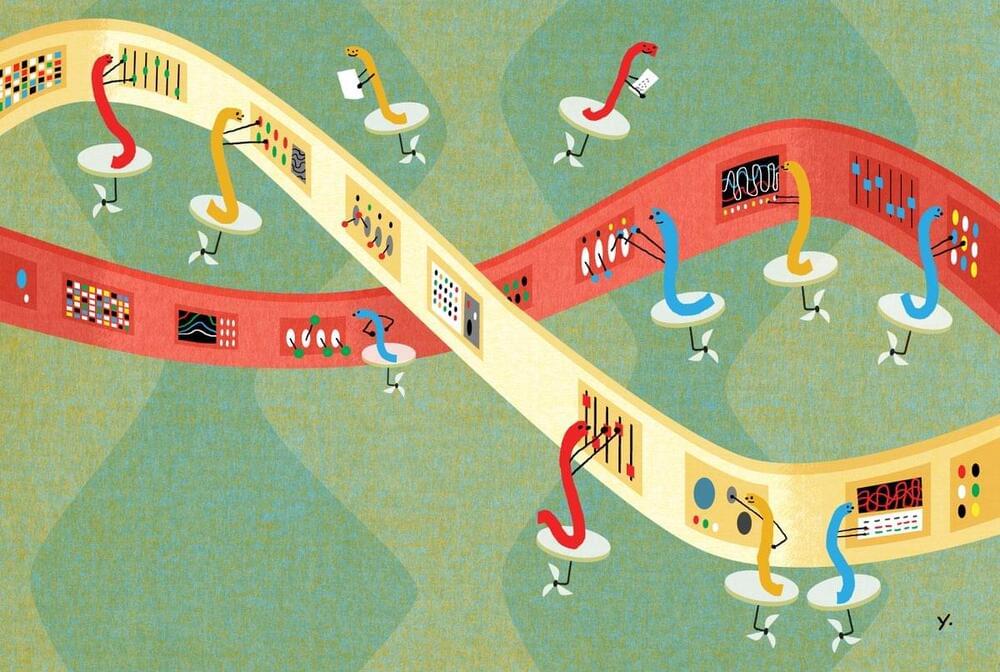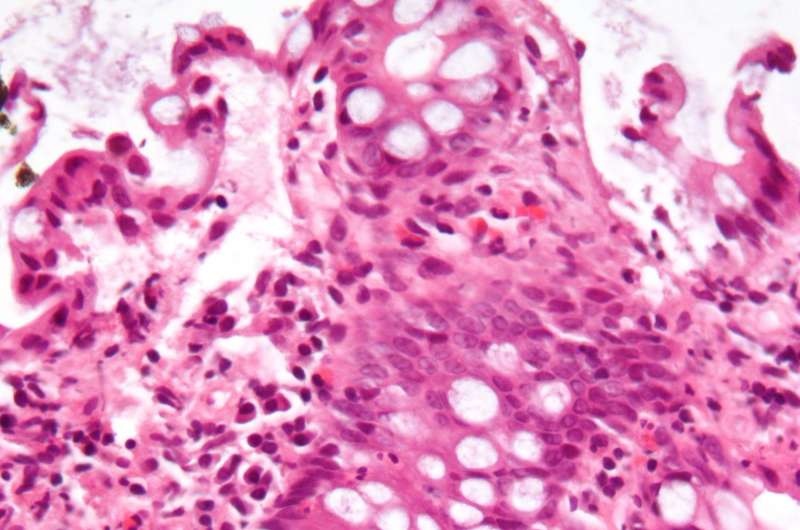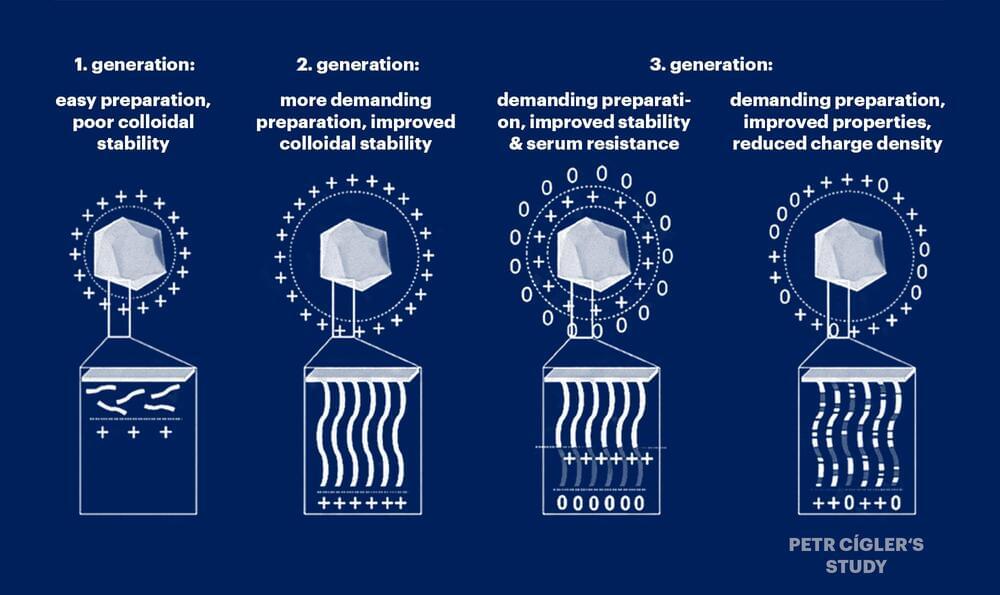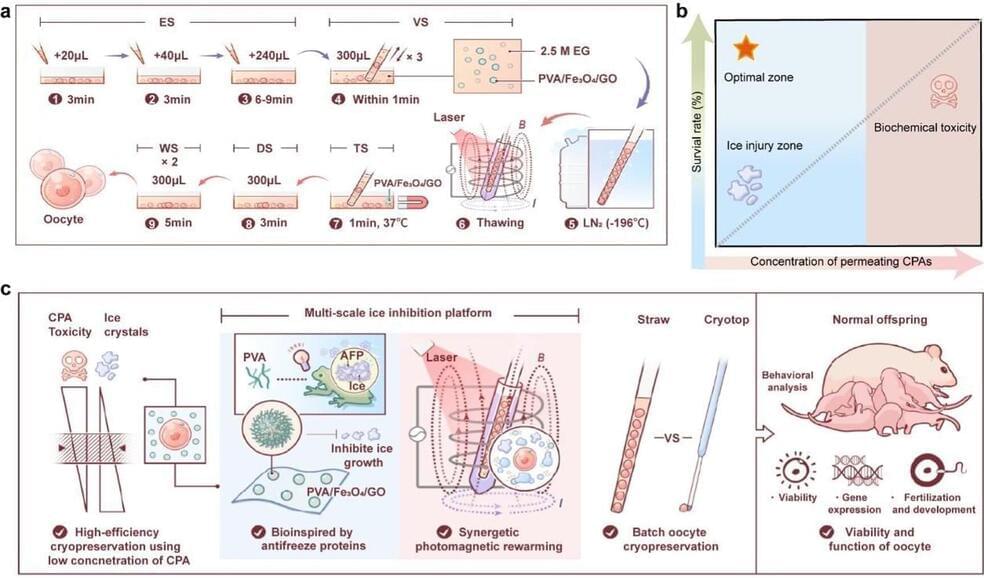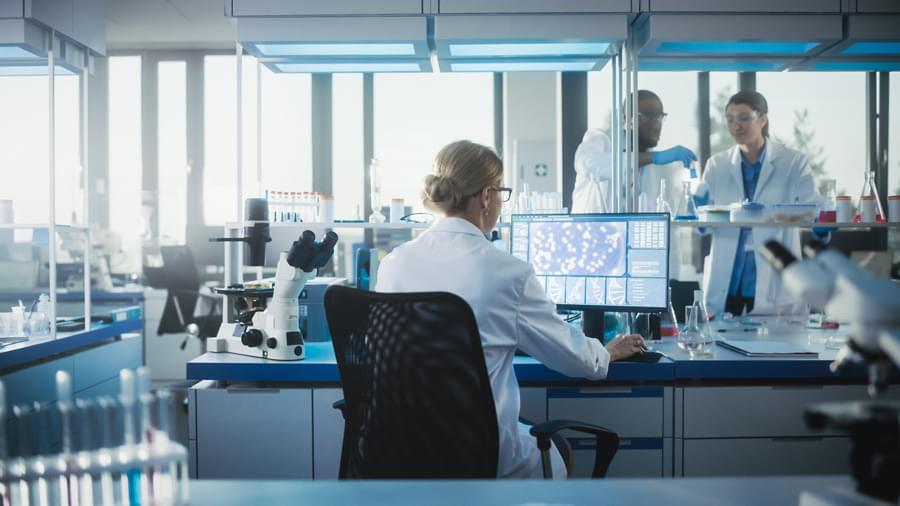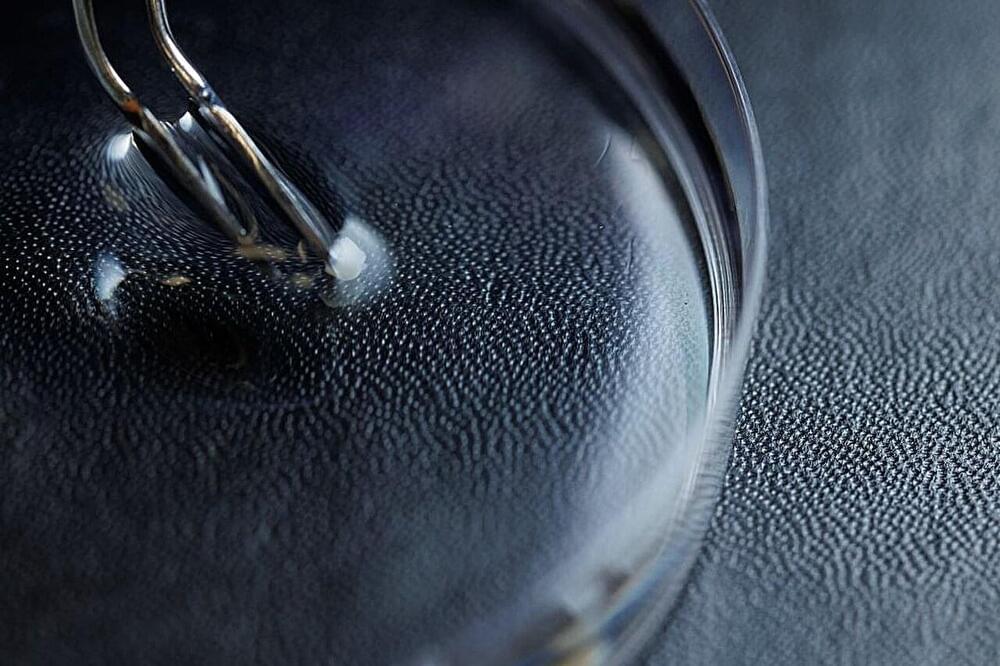May 15, 2024
Why a New Inhalable Lung Cancer Treatment Is So Promising
Posted by Paul Battista in categories: bioengineering, biotech/medical, genetics, health
Cells in the human body chat with each other all the time. One major way they communicate is by releasing tiny spheres called exosomes. These carry fats, proteins, and genetic material that help regulate everything from pregnancy and immune responses to heart health and kidney function.
Now, a new Columbia University study in Nature Nanotechnology demonstrated that these “nanobubbles” can deliver potent immunotherapy directly to tough-to-treat lung cancer tumors via inhalation.
“Exosomes work like text messages between cells, sending and receiving information,” said lead researcher Ke Cheng, PhD, professor of biomedical engineering at Columbia. “The significance of this study is that exosomes can bring mRNA-based treatment to lung cancer cells locally, unlike systemic chemotherapy that can have side effects throughout the body. And inhalation is totally noninvasive. You don’t need a nurse to use an IV needle to pierce your skin.”

